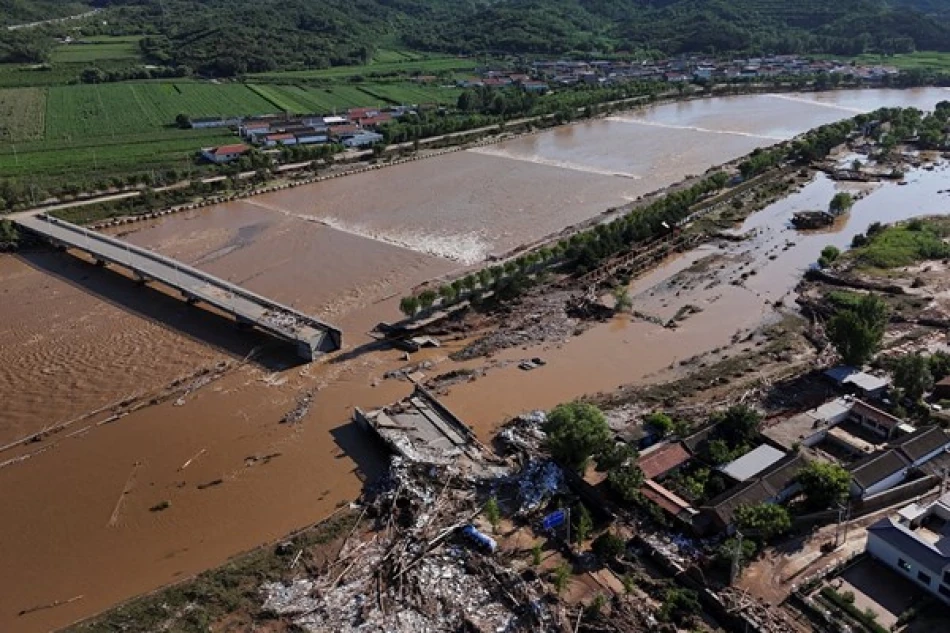
Deadly Downpours Devastate Northern China: Surge in Flood Victims Reported
China's Climate Crisis Deepens as Extreme Rainfall Claims Lives Near Beijing
Severe flooding in China's mountainous regions has killed at least eight people in Chengde city outside Beijing, with 18 others still missing after unprecedented rainfall dumped a year's worth of precipitation in less than a week. The disaster highlights China's growing vulnerability to extreme weather events that are becoming increasingly frequent and deadly across the world's second-largest economy.
Mountainous Terrain Amplifies Flooding Impact
The deaths occurred in villages within Chengde's Xinglong district in Hebei Province, according to China's official Xinhua News Agency. Local authorities have not specified the exact timing or cause of the fatalities, but search and rescue operations continue for the 18 missing persons in the mountainous terrain that characterizes the region.
Chengde's elevated geography, while scenic, creates natural funnels that concentrate rainfall into devastating torrents. The affected villages sit at higher elevations near the headwaters of the Miyun Reservoir, northern China's largest water storage facility, approximately 25 kilometers away.
Part of Broader Regional Catastrophe
The Chengde casualties add to a mounting death toll from the same weather system that has battered Beijing and surrounding areas since last Wednesday. At least 30 people have died in the capital's suburbs, with 28 of those fatalities concentrated in the mountainous Miyun district—the same region bordering where the latest deaths occurred.
A separate landslide on Monday in a village north of Miyun Reservoir killed eight additional people, leaving four more missing. The proximity of these incidents underscores how the region's topography creates deadly chokepoints during extreme precipitation events.
Climate Change Amplifies Urban Vulnerabilities
The scale of rainfall—equivalent to an entire year's precipitation in under a week—reflects the intensifying pattern of extreme weather events that climate scientists have long predicted for East Asia. China's rapid urbanization has often outpaced infrastructure development, leaving mountainous suburban areas particularly vulnerable to flash flooding and landslides.
Beijing's experience mirrors similar disasters in other major Asian cities, from Seoul's deadly floods in 2022 to Mumbai's recurring monsoon catastrophes. However, China's unique challenge lies in protecting both its megacities and the vast rural populations in surrounding mountainous regions.
Economic and Infrastructure Implications
Beyond the human tragedy, these floods expose critical vulnerabilities in China's northern regions, which house key industrial centers and supply chains. The Miyun Reservoir serves as a crucial water source for Beijing's 21 million residents, and any contamination or infrastructure damage could have far-reaching consequences.
The frequency of such extreme weather events is likely to increase, forcing Chinese authorities to reconsider urban planning and disaster preparedness strategies. The concentration of casualties in mountainous areas suggests that early warning systems and evacuation procedures may be inadequate for communities in high-risk topographical zones.
As China continues to grapple with the immediate rescue operations, the broader question remains whether the country's infrastructure and emergency response systems can adapt quickly enough to handle the new reality of more frequent and severe weather disasters.
 Layla Al Mansoori
Layla Al Mansoori







